Too Old?
 ANNA AND THE SWALLOW MAN by Gavriel Savit . . . When I first read descriptions of this book with comparisons to THE BOY IN THE STRIPED PAJAMAS and LIFE IS BEAUTIFUL, I didn’t think I would like it very much. THE BOOK THIEF is another apt, if imperfect, comparison. The language here is beautiful, and is enhanced even more by the audiobook.
ANNA AND THE SWALLOW MAN by Gavriel Savit . . . When I first read descriptions of this book with comparisons to THE BOY IN THE STRIPED PAJAMAS and LIFE IS BEAUTIFUL, I didn’t think I would like it very much. THE BOOK THIEF is another apt, if imperfect, comparison. The language here is beautiful, and is enhanced even more by the audiobook.
When Anna Lania woke on the morning of the sixth of November in the year 1939–her seventh–there were several things that she did not know.
Anna did not know that the chief of the Gestapo in occupied Poland had by fiat compelled the rector of the Jageiellonian University to require the attendance of all professors (of whom her father was one) at a lecture and discussion on the directions of the Polish Academy under German sovereignty, to take place at noon on that day.
ADVERTISEMENT
ADVERTISEMENT
She did not know that, in the company of his colleagues, her father would be take from lecture hall number 56, first to a prison in Krakow, where they lived, and subsequently to a number of other internment facilities across Poland, before finally being transported to the Sachsenhausen concentration camp in Germany.
She also did not know that, several months later, a group of her father’s surviving colleagues would be moved to the far mor infamous Dachau camp in Upper Bavaria, but that, by the time of the transfer, her father would not longer exist in a state in which he was capable of being moved.
What Anna did know that morning was that her father had to how
away for a few hours.
In her father’s absence Anna will join forces with the mysterious Swallow Man as they wander the countryside. The story has that same fable-like quality as some of the aforementioned books, not to mention a very young child in a very adult story. Perhaps some would argue too adult. There is an uncomfortable scene late in the book where Anna is forced to strip down for pharmacist in exchange for medicine, but aside from that I think this one is easily within the Newbery range. Someday My Printz Will Come has already discussed this book, too.
 ANOTHER BROOKLYN by Jacqueline Woodson . . . Shortlisted for a National Book Award in the Fiction category, there is no denying the literary excellence here. Once again, sample some of the wonderful prose.
ANOTHER BROOKLYN by Jacqueline Woodson . . . Shortlisted for a National Book Award in the Fiction category, there is no denying the literary excellence here. Once again, sample some of the wonderful prose.
If we had had jazz, would we have survived differently? If we had known our story was a blues with a refrain running through it, would we have lifted our heads, said to each other, This is memory again and again until the living made sense? Where would we be now if we had known there was a melody to our madness? Because even though Sylvia, Angela, Gigi, and I came together like a jazz improv–half notes tentatively moving toward one another until the ensemble found its footing and the music felt like it had always been playing–we didn’t have jazz to know this was who we were. We had the Top 40 music of the 1970s trying to tell our story. It never quite figured us out.
The question here is does this book have an intended potential child audience? I think I can argue either way. No, because it was published as an adult book. If Woodson had intended a child audience to read it, then it would have been published as YA. Yes, because any book that has the name Jacqueline Woodson on it has an intended potential audience for children, especially since childhood is such a prominent part of the novel. We might have made similar arguments about Louise Erdrich’s THE ROUND HOUSE and Neil Gaiman’s THE OCEAN AT THE END OF THE LANE.
I really do think this is an academic discussion, however. Given the excellent field of books explicitly published for a child audience there is no need to go looking elsewhere. This is your annual reminder that (a) unlike the Printz committee the Newbery can consider adult books and (b) that once upon a time the Newbery committee occasionally selected such books.
Filed under: Uncategorized
About Jonathan Hunt
Jonathan Hunt is the Coordinator of Library Media Services at the San Diego County Office of Education. He served on the 2006 Newbery committee, and has also judged the Caldecott Medal, the Printz Award, the Boston Globe-Horn Book Awards, and the Los Angeles Times Book Prize. You can reach him at hunt_yellow@yahoo.com
ADVERTISEMENT
ADVERTISEMENT
SLJ Blog Network
Should I make it holographic? Let’s make it holographic: a JUST ONE WAVE preorder gift for you
Press Release Fun: Happy Inaugural We Need Diverse Books Day!
Halfway There: A Graphic Memoir of Self Discovery | Review
When Book Bans are a Form of Discrimination, What is the Path to Justice?
RA Tool of the Week: Inside Out Inspired Emotions, but Make it YA Books
ADVERTISEMENT

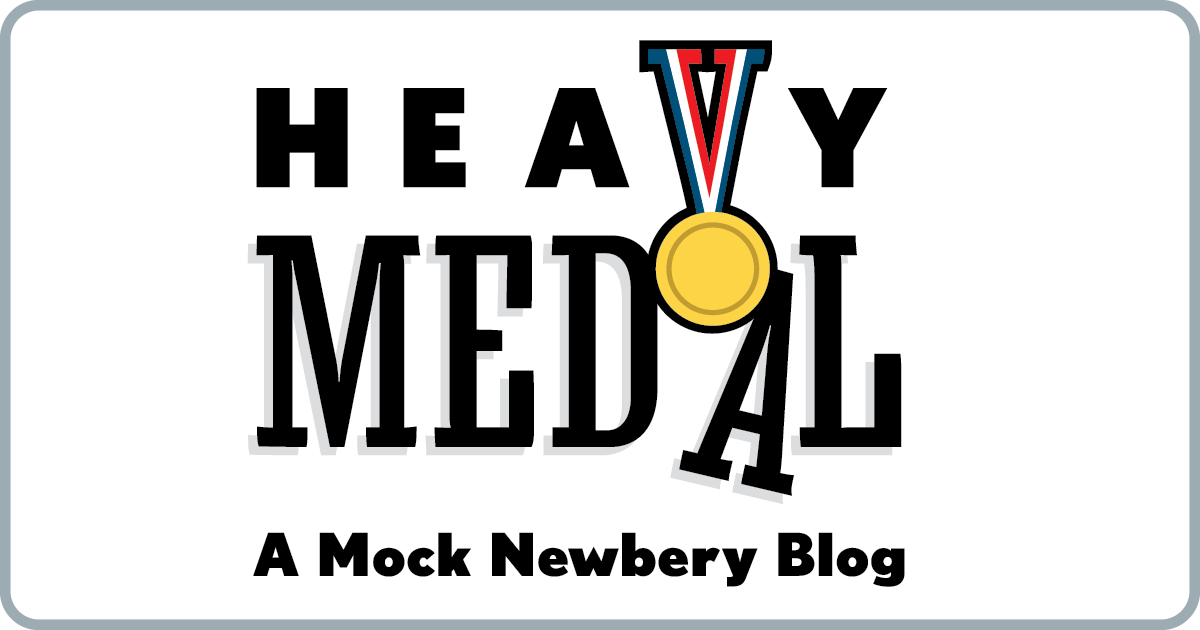

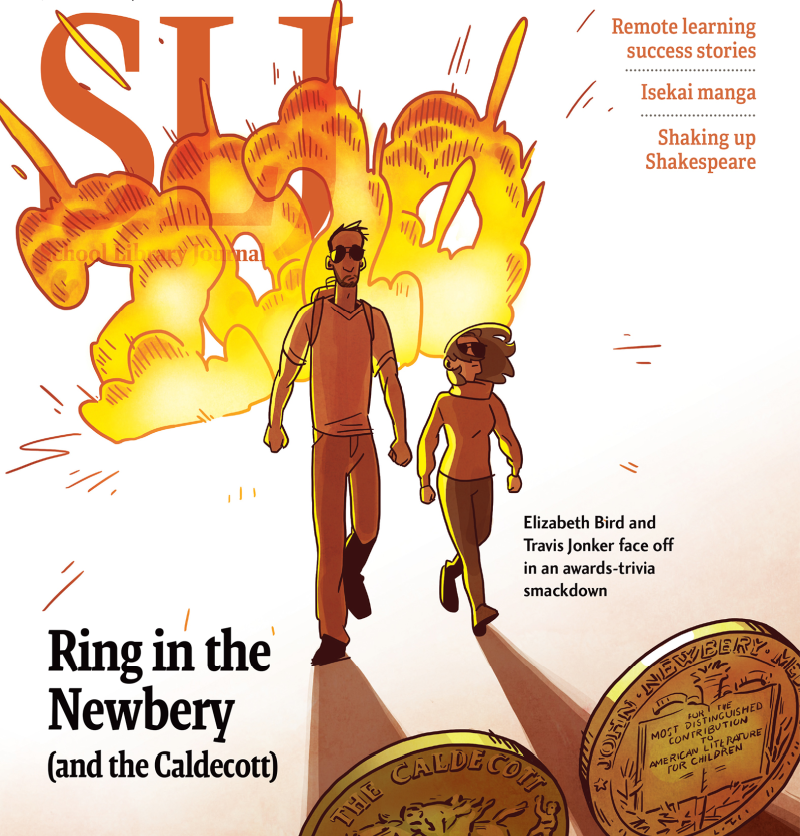
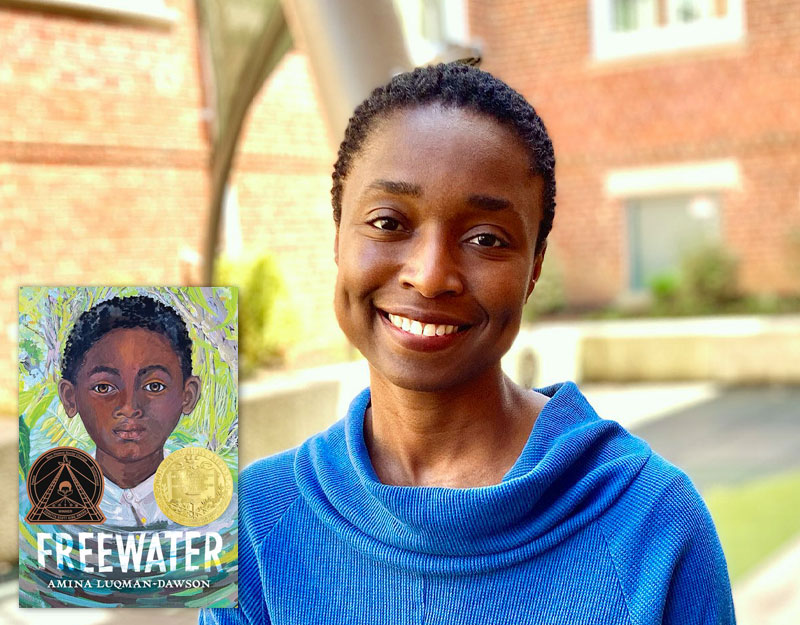
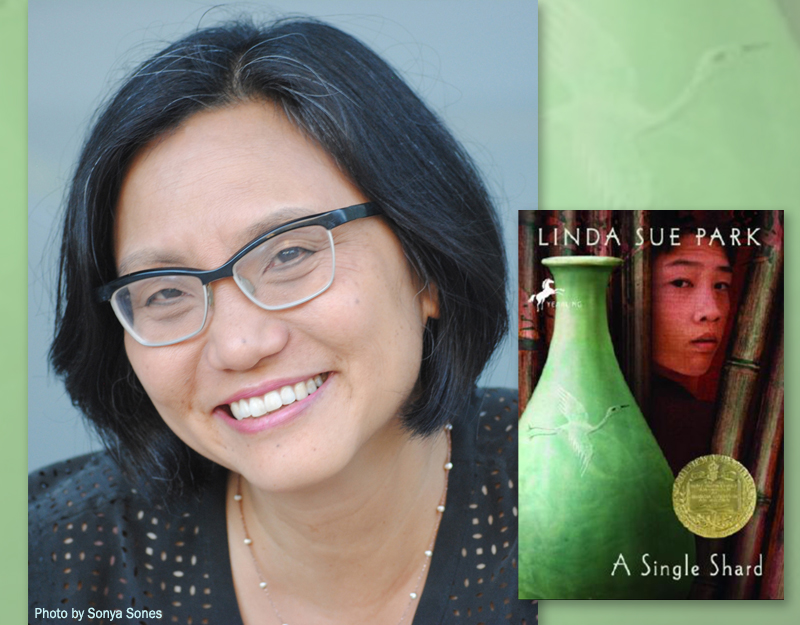
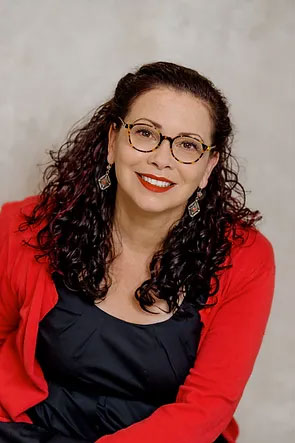
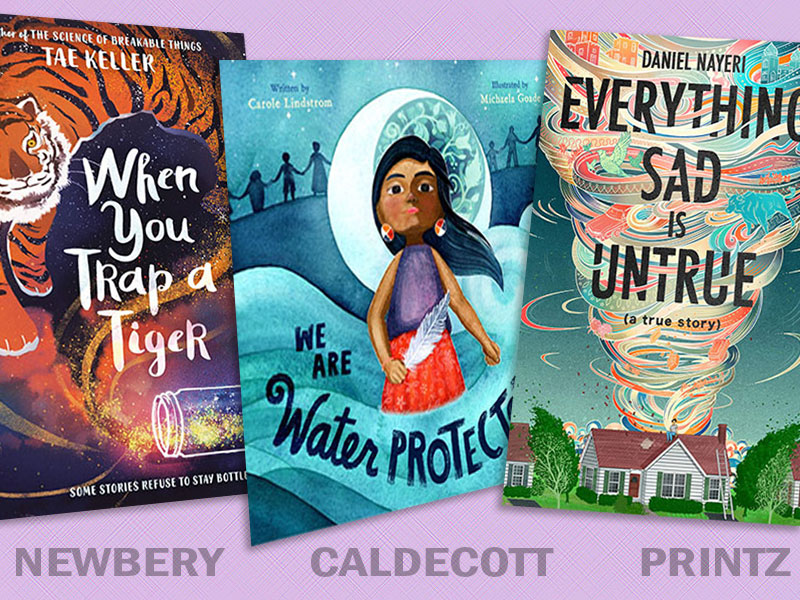
Jonathan,
May be semantics here, but can you expand on your statement about the flexibility of the Newbery vs. Printz committees.
Criteria on ALA site, . A “contribution to American literature for children” shall be a book for which children are an intended potential audience. The book displays respect for children’s understandings, abilities, and appreciations. Children are defined as persons of ages up to and including fourteen, and books for this entire age range are to be considered.
Wouldn’t publishing a book as an “adult book” make it ineligible, since its intended audience was adults?
According to the Printz, the publisher has to explicitly designate the book for a YA audience. With the Newbery, the committee makes the determination whether book has a child audience or not. The language that you cite has changed since this blog was started. I’m not sure that intended audience and intended potential audience are the same thing. If we were really serious about an adult book then we could tease that difference out in discussion.
The last adult book that was recognized was THE INCIDENT AT HAWK’S HILL which was published back in the 60s or 70s. My best example of an adult book that I would like to have seen the committee recognize is WHERE THE RED FERN GROWS which was originally published as an adult book. Nowadays, I think the publishing industry slots that one as a children’s book, and indeed you will often hear stories of writers thinking they’ve written an adult book only to be nudged toward this market. WOLF HOLLOW is probably the latest example. Speaking of WOLF HOLLOW, isn’t it time to discuss that one . . .
A follow-up explanation . . . The original language simply said the book needed to have a potential child audience, but since children up to and including age 14 can and will read everything that’s really not very helpful. The word intended was added several years ago to the front of that phrase, giving us “intended potential child audience” which restricts the adults books we might look at, if we look at them at all. I think it’s highly unlikely that we will ever see the Newbery recognize an adult book again, but as I said it remains an interesting historical footnote and an interesting contrast to the Printz criteria.
I just finished ANOTHER BROOKLYN last night, and it was absolutely perfect (which pretty much describes everything in Woodson’s catalog in my humble opinion).
It is by no means a children’s book, though. There is some very dark, adult-oriented stuff that happens in this book, and I don’t think there’s anything “kid-friendly” about the writing or treatment of topic.
On the Newbery criteria page, the statement reads: “shall be a book for which children are an intended potential audience. The book displays respect for children’s understandings, abilities, and appreciations.” I would argue that, in her AUthor’s statement at the back of the book, Woodson implies that this is a book about memory – an adult’s memory, in particular. This doesn’t exclude it from being intended for children, but it certainly casts an awareness of intended audience – that is, a book for adults about adolescence (and some childhood).
The book may respect children’s understanding, abilities, and appreciations, but it’s through the lens of adulthood. I think few children would be drawn to the hazy, poetic prose that Woodson employs here – it is vastly different than, say, TUPAC or BGD or even FEATHERS. And though the sexual assault and suicide and sexual intimacy are artfully handled, I can’t imagine this being a book that could be in elementary and/or middle school libraries. Or the children’s section of a library.
Don’t get me wrong: I love this book. I hope it goes on to win the NBA (and, wild dreams, Pulitzer), but I don’t think it has any place in the Newbery canon.
While I don’t disagree with anything that you’ve said–and I’ve acknowledged that this is an academic discussion, that I’m not arguing for this one to be seriously considered–the question here is this one: Is this an inappropriate treatment for a high school freshman, who by the definition in the criteria are, in point of fact, children.
I’m with you 100% on this book and Woodson’s body of work. I’m telling everyone I know that Another Brooklyn is the best Non-YA, YA book I’ve ever read. It’s got to end-up as an Alex award this year or there is no justice.
Children’s book writers/publishers/reviewers/award hander-outers sure are unusually fond of jazz, or purport to be fond of jazz! It’s strange that a genre now the preserve of fewer and fewer aficionados, and which kids would scarcely have any notion of, garners so much attention … unless the mere use of the word “jazz” telegraphs something – coolness or whatever – to their lazy book-buying elders.
But then the jazz-loving detective is a cliche of adult fiction, so maybe it’s just in the air.
Or perhaps writers love talking about jazz because they hope to gain some association with improvisation or musical genius, though one pursuit requires a lot more effort and practice than the other.
I decided not to include ANNA AND THE SWALLOW MAN in my Newbery Club for 3rd-5th graders this year. It did seem too old for them. It could appeal to the older end of the Newbery age range, but I found the language a bit too dense, especially in those opening sentences you quoted. I even had to pause and reread those lines a few times to understand what they meant when I initially read the book last spring. I could see those lines alone turning off a lot of child readers, because of the number of words they wouldn’t understand. That doesn’t mean I didn’t find the book beautifully written. I did. However, the intended audience seems much older to me than the Newbery criteria.
I found much to admire in Anna and the Swallow Man too. Although the depiction of a sexual assault on a minor and the very dark ending gave me some pause, certainly it’s not a book for a tenderhearted reader, the thing that probably serves as more of a barrier to a younger reader is simply historical context. The book plunges you in from a very young POV and leaves the reader in the dark about the larger context of the story because its narrator cannot know those things. Which is fine reading it as an adult with a better than average grasp of the Second World War. But with the dent testing has made in social studies curriculum, most students don’t get anything on World War II until high school. I’d love to see it used and discussed in high schools, so I hope the Prinz committee is giving it a close look.
ANNA AND THE SWALLOW MAN is definitely for the upper range of the Newbery, and by that I mean 7th, 8th, and 9th graders. I think it will be a hard sell to build consensus around it for Newbery, but I have my fingers crossed for the Odyssey which is co-sponsored by ALSC and YALSA and thus goes up to age 18.